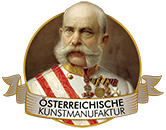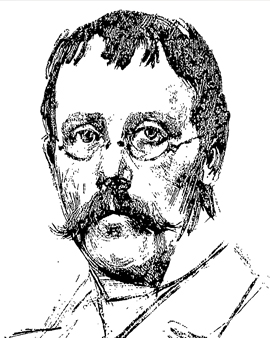


In the heart of Scandinavia, in the vibrant city of Kristiania - today's Oslo - was born on September 4, 1852, a boy who would later become known as one of the most outstanding Norwegian painters of his generation. Born into a family with strong artistic interests, Hjalmar Eilif Emmanuel Peterssen showed early talent that was discovered by artistic figures such as Peter Christen Asbjørnsen and Hans Gude. His father, Jon Peterssen, working as an accountant, and his mother, Anne Marie Andersen, ran a house full of art and creativity, which shaped Eilif Peterssen in his art career. Eilif Peterssen, after an intensive education at renowned art academies throughout Europe, including the Johan Fredrik Eckersberg school of painting, the Royal Academy of Art in Copenhagen and the Academy of Fine Arts in Munich, found his true passion in history painting and altarpieces. His paintings breathed life and history, each brushstroke becoming a sentence in the story he was trying to tell. In modern times, his paintings have been brought back to life in fine art prints, helping to continue to tell the stories by bringing his art into the homes of art lovers around the world.
After years of training and creating art in various parts of Europe, Peterssen returned to Norway in 1878, where he realized his greatest passion: creating altarpieces for Norwegian churches. This work led him to become one of the most important Norwegian church painters of his time. His most important altarpiece, "Hyrdenes tilbedelse," which he made for Kulturkirken Jakob in Oslo between 1880 and 1881, is still a testament to his craftsmanship and artistic sensibility. Despite being influenced by Venetian painting and his fascination with Romantic art, he managed to retain his unique style in each of his works. Today, his works are available in the form of art prints that allow you to enjoy the beauty of his artwork in your own environment.
Peterssen was not only a prolific artist, but also a loving husband and family man. After the death of his first wife, Inger Birgitte Cecilie Nicoline Bache Ravn, he married Frederikke Magdalene Kielland in 1888. Despite personal losses and challenges, Peterssen remained true to his art and continued to create works that captured the hearts and minds of his contemporaries and future generations. Eilif Peterssen died on December 29, 1928, but his legacy lives on, not only in his original works on display in museums and galleries around the world, but also in the high-quality art prints that make his art accessible to a wider audience. Eilif Peterssen, an artist who worked during what is now considered the golden age of Norwegian art, is remembered for the continued appreciation and reproduction of his work.

In the heart of Scandinavia, in the vibrant city of Kristiania - today's Oslo - was born on September 4, 1852, a boy who would later become known as one of the most outstanding Norwegian painters of his generation. Born into a family with strong artistic interests, Hjalmar Eilif Emmanuel Peterssen showed early talent that was discovered by artistic figures such as Peter Christen Asbjørnsen and Hans Gude. His father, Jon Peterssen, working as an accountant, and his mother, Anne Marie Andersen, ran a house full of art and creativity, which shaped Eilif Peterssen in his art career. Eilif Peterssen, after an intensive education at renowned art academies throughout Europe, including the Johan Fredrik Eckersberg school of painting, the Royal Academy of Art in Copenhagen and the Academy of Fine Arts in Munich, found his true passion in history painting and altarpieces. His paintings breathed life and history, each brushstroke becoming a sentence in the story he was trying to tell. In modern times, his paintings have been brought back to life in fine art prints, helping to continue to tell the stories by bringing his art into the homes of art lovers around the world.
After years of training and creating art in various parts of Europe, Peterssen returned to Norway in 1878, where he realized his greatest passion: creating altarpieces for Norwegian churches. This work led him to become one of the most important Norwegian church painters of his time. His most important altarpiece, "Hyrdenes tilbedelse," which he made for Kulturkirken Jakob in Oslo between 1880 and 1881, is still a testament to his craftsmanship and artistic sensibility. Despite being influenced by Venetian painting and his fascination with Romantic art, he managed to retain his unique style in each of his works. Today, his works are available in the form of art prints that allow you to enjoy the beauty of his artwork in your own environment.
Peterssen was not only a prolific artist, but also a loving husband and family man. After the death of his first wife, Inger Birgitte Cecilie Nicoline Bache Ravn, he married Frederikke Magdalene Kielland in 1888. Despite personal losses and challenges, Peterssen remained true to his art and continued to create works that captured the hearts and minds of his contemporaries and future generations. Eilif Peterssen died on December 29, 1928, but his legacy lives on, not only in his original works on display in museums and galleries around the world, but also in the high-quality art prints that make his art accessible to a wider audience. Eilif Peterssen, an artist who worked during what is now considered the golden age of Norwegian art, is remembered for the continued appreciation and reproduction of his work.
Page 1 / 1










